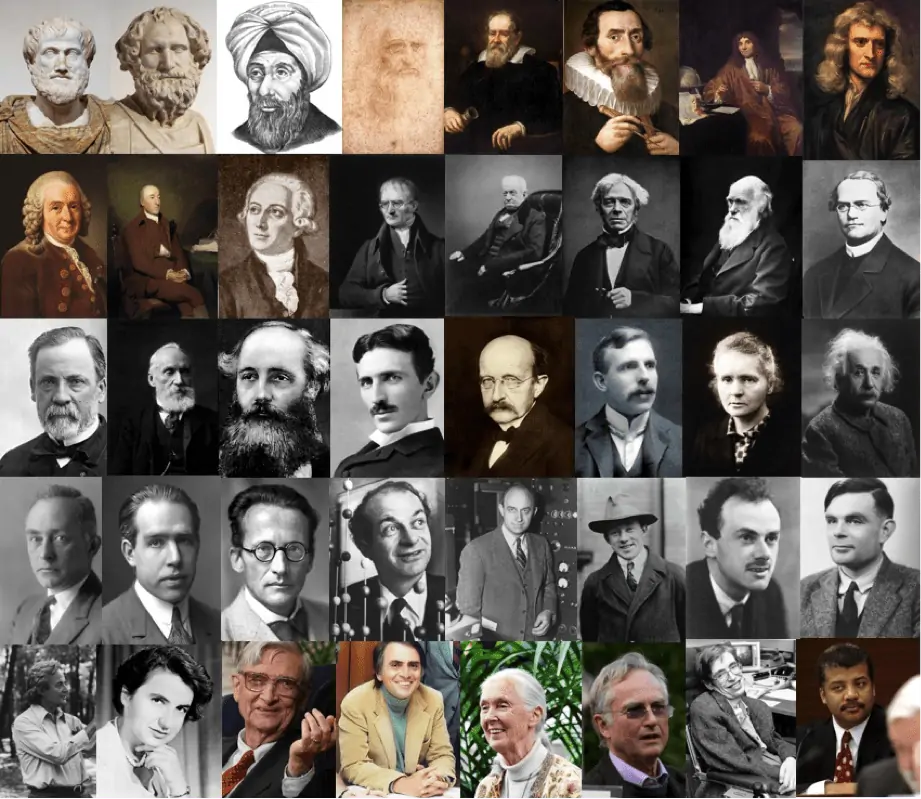Stamp: Monument to Dmitry I. Mendeleev (1834-1907), Leningrad (Soviet Union, USSR 1934)
Monument to Dmitry I. Mendeleev (1834-1907), Leningrad (Soviet Union, USSR 1934)
15 September (Soviet Union, USSR ) within release Birth Centenary of Dmitry Mendeleev goes into circulation Stamp Monument to Dmitry I. Mendeleev (1834-1907), Leningrad face value 5 Russian kopek
| Stamp Monument to Dmitry I. Mendeleev (1834-1907), Leningrad in catalogues | |
|---|---|
| Unificato: | Un: SU 523a |
Stamp is vertical format.
Issued in sheets of 100 (10 x 10) stamps. According to Zagorskiy and Michel imperforate versions are proofsAlso in the issue Birth Centenary of Dmitry Mendeleev:
- Stamp - Dmitry I. Mendeleev (1834-1907), Russian Chemist face value 15;
- Stamp - Monument to Dmitry I. Mendeleev (1834-1907), Leningrad face value 5;
Stamp Monument to Dmitry I. Mendeleev (1834-1907), Leningrad it reflects the thematic directions:
An anniversary is the date on which an event took place or an institution was founded in a previous year, and may also refer to the commemoration or celebration of that event. For example, the first event is the initial occurrence or, if planned, the inaugural of the event. One year later would be the first anniversary of that event. The word was first used for Catholic feasts to commemorate saints. Most countries celebrate national anniversaries, typically called national days. These could be the date of independence of the nation or the adoption of a new constitution or form of government. The important dates in a sitting monarch's reign may also be commemorated, an event often referred to as a "Jubilee".
A chemist (from Greek chēm(ía) alchemy; replacing chymist from Medieval Latin alchemist)[1] is a graduated scientist trained in the study of chemistry, or an officially enrolled student in the relevant field. Chemists study the composition of matter and its properties. Chemists carefully describe the properties they study in terms of quantities, with detail on the level of molecules and their component atoms. Chemists carefully measure substance proportions, chemical reaction rates, and other chemical properties. In Commonwealth English, pharmacists are often called chemists.
Famous People refers to the fame and public attention accorded by the mass media to individuals or groups or, occasionally, animals, but is usually applied to the persons or groups of people (celebrity couples, families, etc.) themselves who receive such a status of fame and attention. Celebrity status is often associated with wealth (commonly referred to as fame and fortune), while fame often provides opportunities to make money.
A man is an adult male human. Prior to adulthood, a male human is referred to as a boy (a male child or adolescent).
A monument is a type of structure that was explicitly created to commemorate a person or event, or which has become relevant to a social group as a part of their remembrance of historic times or cultural heritage, due to its artistic, historical, political, technical or architectural importance. Examples of monuments include statues, (war) memorials, historical buildings, archaeological sites, and cultural assets. If there is a public interest in its preservation, a monument can for example be listed as a UNESCO World Heritage Site. The Palgrave Encyclopedia of Cultural Heritage and Conflict gives the next definition of monument:
A scientist is a person who researches to advance knowledge in an area of the natural sciences






